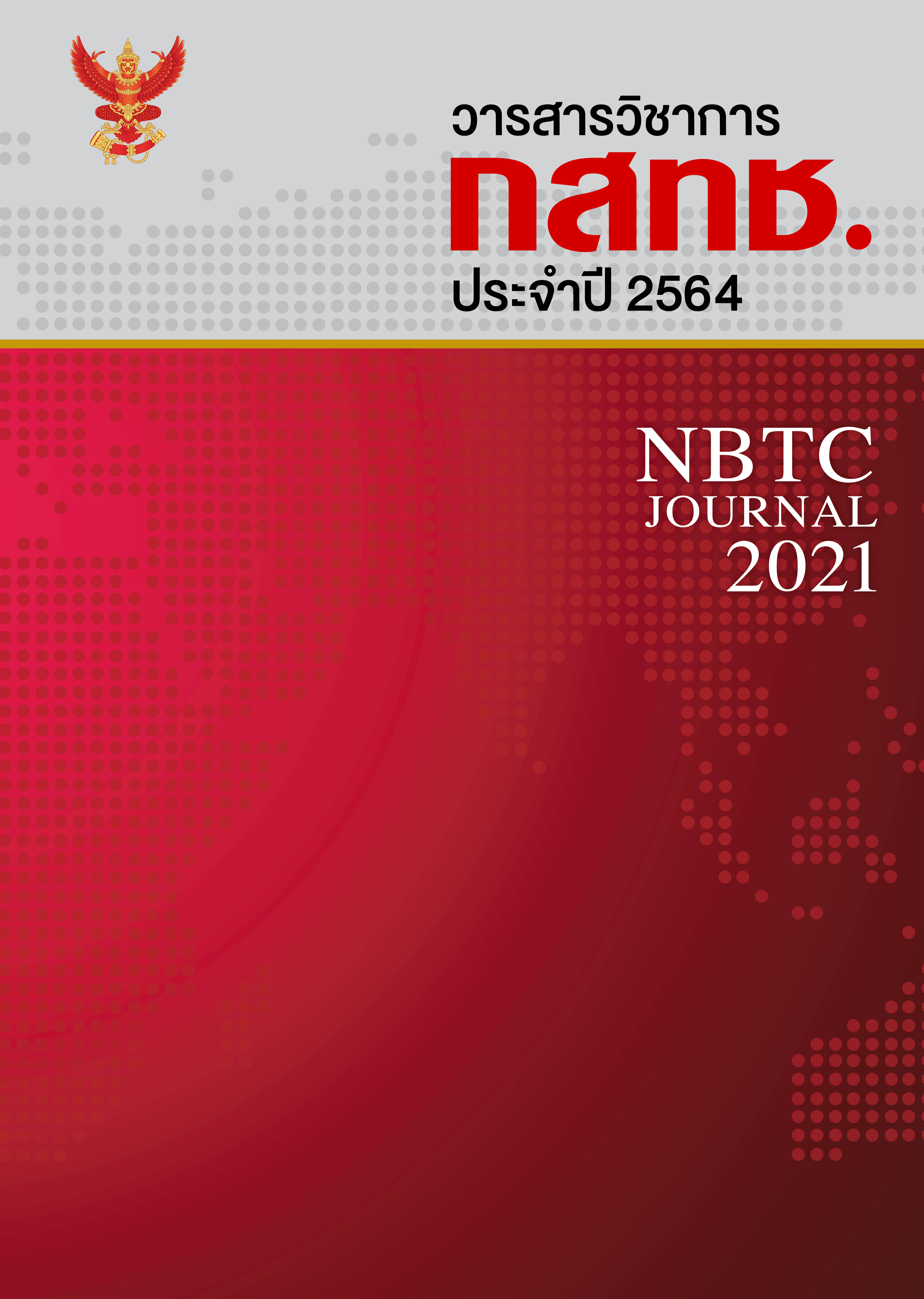Influent Factors For Success Implementing Enterprise Architecture For Government Organizations
Keywords:
Enterprise Architecture, Government Organizations, Success Factors, Delphi, Digital organizationAbstract
The objectives of this research are to determine and confirm the influential factors regarding the success of implementing the enterprise architecture for government organizations. The methodology adopted in this study is an analysis of relevant documents, including interviews with 5 experts in the area. The research also determines the composition of factors that affects the successful implementation of the enterprise architecture. The Delphi technique from 7 relevant experts was used. Furthermore, the research gathered the data from 30 government projects to determine and confirm the influential factors in terms of successful implementation. The result obtained 72 success factors related to enterprise architecture for government organizations and can be categorized into 7 main groups in various areas which are Architecture development, Business linkage, Senior management involvement,Operating unit participation, Architecture Communication, EA governance and IT investment and acquisition strategy. In addition, these factors can be seen and confirmed by 98.74% of appearance rate from 30 successfully completed government's projects.
References
ธนชาติ นุ่มนนท์. (2556). Enterprise Architecture. http://thanachart.org/2013/02/06/enterprise-architecture
Agievich, V., & Skripkin, K. (2014). Enterprise Architecture Migration Planning Using the Matrix of Change. Procedia Computer Science, 31, 231-235.
CIO Council. (2001). A Practical Guide to Federal Enterprise Architecture. Officer Council, 1-3.
Dunlop, J. T. (1979). Public Management. [Working paper]. Department of Political Science, Florida State University.
Fabian, G., Andreas, J., & Markus, M. (2018). Past, current and future trends in enterprise architecture— A view beyond the horizon. Computers in Industry, 100, 70-84.
Federation of EA Professional Organizations. (2013). Common Perspectives on Enterprise Architecture.
GAO. (2010). A Framework for Assessing an Improving Enterprise Architecture Management. United States Government Accountability Office Executive Guide, 4-40.
Goel, A., Schmidt, H., & Gilbert, D. (2009). Towards formalizing Virtual Enterprise Architecture. IEEE 13th International Enterprise Distributed Object Computing Conference Workshops, 238-242.
Graeme, S., Marianne, G., & Ida, A. (2018). Achieving benefits with enterprise architecture. The Journal of Strategic Information Systems, 27, 1-2.
Guoliang, L., Xiaohong, Y., & Xinying, Z. (2010). Evaluating Power Grid Enterprise’s Investment Returns. Energy Procedia 5, 224-228.
Khayami, R. (2010). Qualitative characteristics of Enterprise Architecture. Procedia Computer Science, 3, 1277-1282.
Knott, J. H. (1993). Comparing Public and Private Management: Cooperative effort and principal-agent relationships. Journal of Public Administration Research and Theory, 93-119.
Oracle. (2009). The Oracle Enterprise Architecture Framework. An Oracle White Paper in Enterprise Architecture, 5-7.
Martin, B., Raymond, S., & Marlies, S. (2019). How enterprise architecture improves the quality of IT investment decisions. Journal of Systems and Software, 152, 134-150.
Moe, T. (1988). The Politics of Structural choice: Toward a theory of public bureaucracy. Oxford University Press, 116-153.
Sembiring, J., & Siregar, M.I.H. (2013). A Decision Model for IT Risk Management on Disaster Recovery Center in an Enterprise Architecture Model. Procedia Technology, 11, 1142-1146.
Sembiring, J., Triono, R.E.N., & Chair, M.S. (2013). Designing IT Personnel Hard Competencies Model in the Enterprise Architecture. Procedia Technology, 11, 877-881.
Schmidt, R., Mohring, M., Wibotzki, M., Sandkuhl, K., Jugel, D., & Zimmermann, A. (2014). Toward a Framework for Enterprise Architecture Analytics. IEEE 18th International Enterprise Distributed Object Computing Conference Workshops and Demonstrations, 266-275.
TOGAF 9. (2010). TOGAF 9 For Pratitioners (Level 1&2) Supporting Materials. The Open Group Architecture Framework, 10-11.
Yiwei, G., Jun, Y., & Xiaojie, S. (2020). Towards a comprehensive understanding of digital transformation in government: Analysis of flexibility and enterprise architecture. Government Information Quarterly, 37, 1-2.
Downloads
Published
How to Cite
Issue
Section
License
The Office of the NBTC holds the copyright of articles appearing in the journal. The Office of the NBTC allows the public or individuals to distribute, copy, or republish the work under a Creative Commons license (CC), with attribution (BY), No Derivatives (ND) and NonCommercial (NC); unless written permission is received from the Office of the NBTC.
Text, tables, and figures that appear in articles accepted for publication in this journal are personal opinion and responsibility of the author, and not binding on the NBTC and the Office of the NBTC. In case of errors, each author is solely responsible for their own article, and not concerning the NBTC and the NBTC Office in any way.



